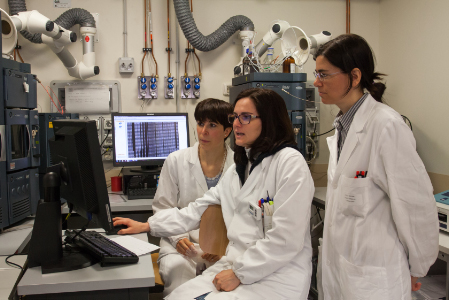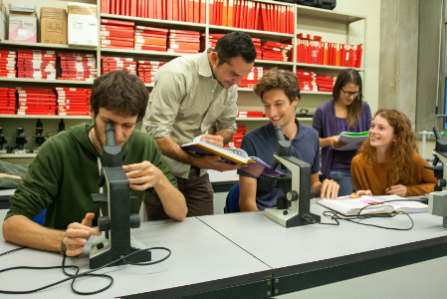T-cell lymphomas are about 15% of total non-Hodgkin's lymphomas in Europe and US, with a mortality in adult of about 60%. Aggressiveness of lymphomas is mainly dependent on speed of growing and metastatic dissemination. T-cell lymphoma subtypes show tissue-selective metastatic dissemination, including homing to skin, brain, secondary lymphoid organs, gastrointestinal tract, liver and testicles. Malignant peripheral T-cell lymphoma express adhesive and chemokine receptors potentially involved in organ-specific metastatic dissemination.
The present proposal is intended to deepen the knowledge of the adhesive and signaling mechanisms involved in the specific tissue metastasis of T-lymphoma cells. The study is performed by using HPB-ALL cell line, derived from a human peripheral T-cell lymphoma, which shows in mouse, a rapid and preferential metastatic dissemination to the brain and, upon transfection with the a4b7 integrin, to the secondary lymphoid organ Peyer's patch (PP). The overall target of the study consists in the in vitro and in vivo analysis of the proadhesive and signaling properties of chemokines in HPB-ALL with respect to the modality of integrin activation. Analysis of intracellular signaling will be focused on the small GTPases RhoA, the zeta isoform of protein kinase C (PKC) and the tyrosine kinase Jak-2. The research will be handle by two highly cooperative units: unit (a) will be focused on the in vitro cell biology and biochemical analysis and on the development of the molecular biology tools (Antennapedia-derived trojan peptides) necessary to the signal transduction studies; unit (b) will be focused of the in vivo analysis by using intravital microscopy to study adhesion molecules and signaling pathways controlling the targeting of HPB-ALL to brain microcirculation and to PP. The present proposal will be the continuation of a previous first year of funding during which the proadhesive properties of HPB-ALL upon chemokine triggering and the identification of adhesion molecules mediating HPB-ALL interactions with vessels in the brain and in PP have been analyzed. During the second year, the analysis will be focused on the small GTPase RhoA by identifying the critical regions in the RhoA effector domain involved in rapid adhesion triggering in vitro and in vivo. In the second/third year the previous scheme of analysis will be applied in the context of the zeta PKC- and Jak2 kinase-dependent signal transduction pathways, with additional focus on the potential biochemical relationships between the three signaling events (unit (a)) and on the possible differential role of zeta PKC and Jak2 kinase in controlling HPB-ALL targeting to the different microcirculations (unit (b)).







